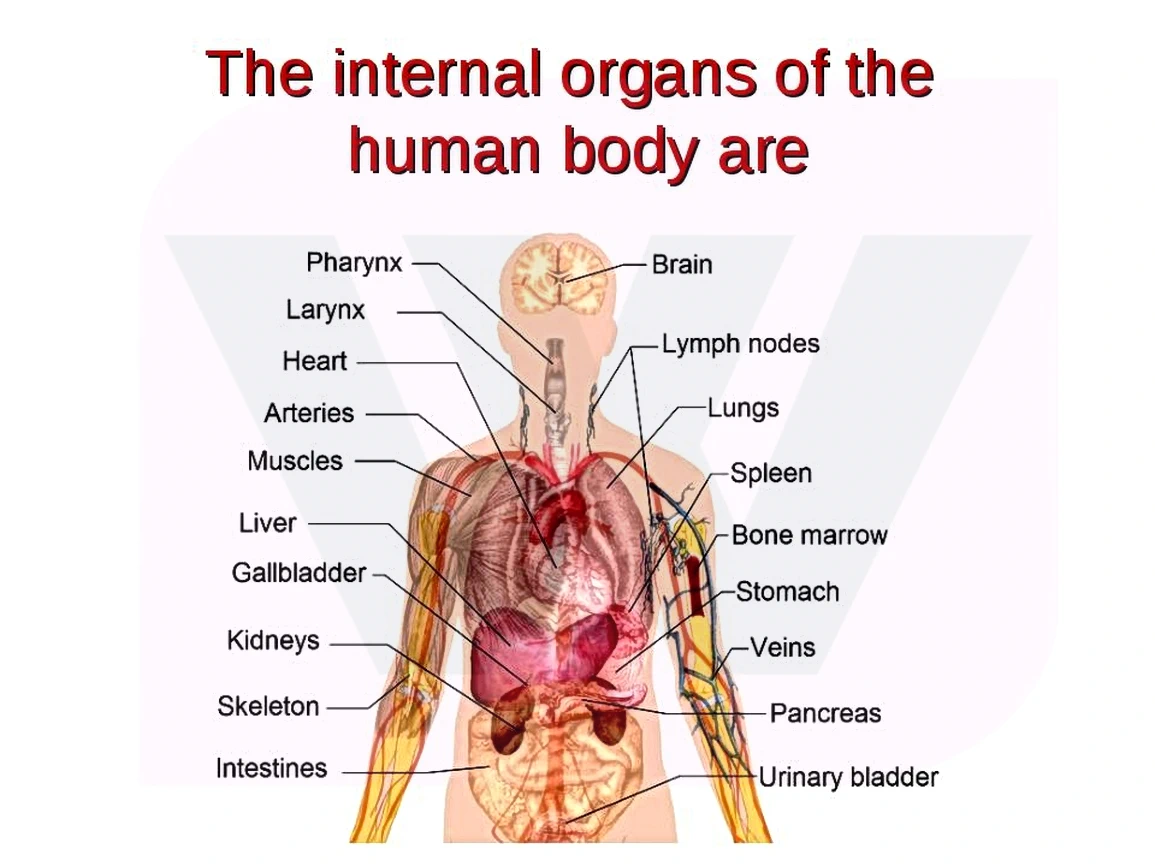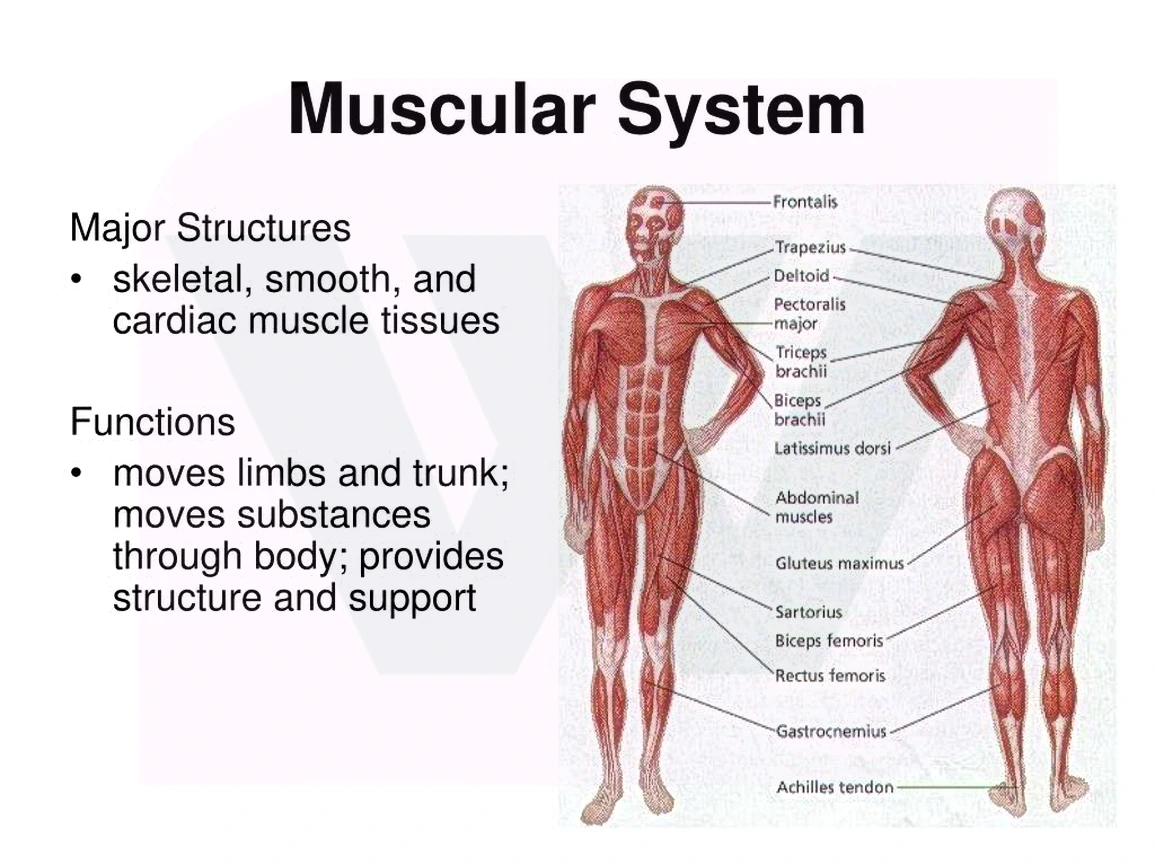Muscles of the Human Body
In other words, muscles are tissues of the human body, responsible for the contraction and extension of cells that cause movements.
From this, the muscle contraction property ( contractility ) occurs through electrical impulses emitted by the central nervous system through the nerves, which allows sodium to enter the muscle, potassium to leave, calcium to be released and the protein molecules myosin and actin to slide , thus carrying out the movement of muscle contraction. Myology is the science that studies muscles.
Also read the article on the Muscular System.
Types of Muscles
Depending on their composition, shape, structure and function, the muscles of the human body are divided into:
Smooth or Non-striated Muscle : Muscle with slow and involuntary contraction, controlled by the vegetative nervous system, for example, the muscle of the internal organs (stomach, liver, intestine), skin, blood vessels, excretory system (peristaltic movements), among others.
Skeletal Muscle : Located next to the skeleton and connected through tendons, this type of muscle is controlled by the central nervous system and characterized by strong and voluntary movements, for example, the muscles of the lower and upper limbs: arms, hands, legs and feet.
Cardiac Striated Muscle : Located in the heart (myocardium), this type of muscle is controlled by the vegetative nervous system and characterized by vigorous, involuntary contractions.
Furthermore, depending on their location , the muscles can be:
- Superficial Muscles : located just below the epithelial tissue, for example, the muscles of the face and neck.
- Deep Muscles : located inside the human body, for example, in the organs.
Main Muscles of the Human Body
The largest muscle in the human body is the thigh muscle, measuring up to half a meter in length. On the other hand, the smallest muscle is the one located between the vertebrae, measuring about 1 cm.
The strongest muscle in the human body is the one in the mouth, called the “Masseter”, responsible for chewing, speaking and movements. In turn, the weakest muscle is the one in the eyelids, responsible for eye movement.
The human muscular system has around 600 muscles , grouped into:
Muscles of the Head and Neck
- Occipitofrontalis muscle (skull)
- Temporoparietal muscle (skull)
- Orbicularis oculi muscle (eye)
- Procerus (nose)
- Nasal (nose)
- Buccinator muscle (mouth)
- Orbicularis oris muscle (mouth)
- Masseter muscle (jaws)
- Temporal muscle (jaws)
- Genioglossus muscle (tongue)
- Stapedius muscle (ear)
- Tensor tympani muscle (ear)
- Platysma (cervical)
- Sternocleidomastoid (cervical)
- Longus colli (anterior vertebral) muscle
- Anterior scalene muscle (lateral vertebral)
- Inferior pharyngeal constrictor muscle (pharynx)
- Cricothyroid (larynx)
Muscles of the Chest and Abdomen
- Splenius (back)
- Erector spinae (back)
- Intercostals (thorax)
- Transverse abdominis
- Levator ani
- Anal sphincters
Muscles of the Upper Limbs
- Trapezius (spine)
- Pectoralis major (thoracic cavity)
- Pectoralis minor (thoracic cavity)
- Deltoid (shoulder)
- Coracobrachialis (forearm)
- Biceps brachii (front arm)
- Brachialis (front arm)
- Triceps brachii (back arm)
- Pronator teres (forearm)
- Brachioradialis (forearm)
- Thenar (hand)
- Hypothenar (hand)
- Lumbricals (hand)
Muscles of the Lower Limbs
- Psoas major muscle (pelvis)
- Gluteus maximus, gluteus medius and gluteus minimus muscles (pelvis)
- Piriformis muscle (pelvis)
- Sartorius muscle (thigh)
- Pectineus muscle (thigh)
- Biceps muscle of the thigh
- Peroneus longus and peroneus brevis muscles (thigh)
- Triceps surae muscle (thigh)
- Tibialis anterior muscle (leg)
- Extensor digitorum brevis muscle (foot)
- Abductor hallucis muscle (foot)
- Plantar interosseous muscles (foot)
Bodybuilding is a sport that, through activities such as weight lifting (bodybuilding), strengthens the body’s muscles, thus increasing muscle mass.

